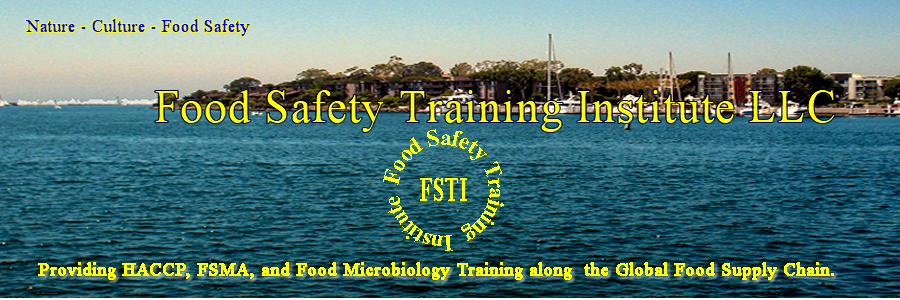Segment one is the self-paced Seafood HACCP Internet Course hosted by Cornell University. Upon completion of Segment one, you will be emailed a course completion notice. Registration is online for Segment one. After finishing the online course and receiving the notice of completion of the course by Cornell University, attend a Segment Two one-day course that is also taught by Alliance instructors. (A Segment One Internet Course completion notice is required for a Segment Two course.)
Sanitation Control Procedures Course is one day class on Zoom and with no segment one.

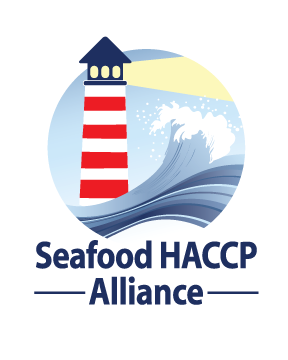
Option One:
One Day Virtual Live with Alex
Using ZOOM after Finishing
the Self-Paced Part 1 by Cornell
University
Link to Register for the First Part – Cornell University
Link to register for part 2
Instructor-Led On Zoom
February 21, 2025 – EST
May 9, 2025 – PST
August 1, 2025 – EST
September 12, 2025 – PST
October 31, 2025 – EST
Chapter 1. Introduction to the Alliance Course and HACCP
Chapter 2. Prerequisite Programs and Sanitation Control Procedures
Chapter 3. Seafood Safety Hazards
Chapter 4. Preliminary Steps in Developing a HACCP Plan
Chapter 5. Principle 1. Hazard Analysis
Chapter 6. Principle 2. Determine Critical Control Points
Chapter 7. Principle 3. Establish Critical Limits
Chapter 8. Principle 4. Critical Control Point Monitoring
Chapter 9. Principle 5. Corrective Actions
Chapter 10 Principle 6. Establish Verification Procedures
Chapter 11. Principle 7. Record-Keeping Procedures
Chapter 12. Principle 8. The Seafood HACCP Regulation
Chapter 13. Resources for Preparing HACCP Plans
Appendix 1. FDA’s Seafood HACCP Regulation
Appendix 2. HACCP Worksheets
Appendix 3. Current Good Manufacturing Practices
Appendix 4. Glossary
Wholesale/Distribution/Warehouse (Short version)
Wholesale/Distribution of Histamine Fish
Tilapia (farm-raised), Fresh and Frozen
Trout (aquaculture), Raw, Frozen
The Cooperative State Research, Education, and Extension Service (CSREES) was an extension agency within the U.S. Department of Agriculture (USDA), part of the executive branch of the federal government. The 1994 Department Reorganization Act, passed by Congress, created CSREES by combining the former Cooperative State Research Service and the Extension Service into a single agency. CSREES’ mission is to “advance agriculture, the environment, human health and well-being, and communities” by supporting research, education, and extension programs at land-grant universities and other organizations it partners with. CSREES doesn’t conduct its own research; it provides funding and leadership to land-grant universities and competitively granted awards to researchers in partner organizations. CSREES’ areas of involvement span across 60 programs in the biological, physical, and social sciences related to agricultural research, economic analysis, statistics, extension, and higher education.[3]


NOAA SEA GRANT COLLGE PROGRAMS
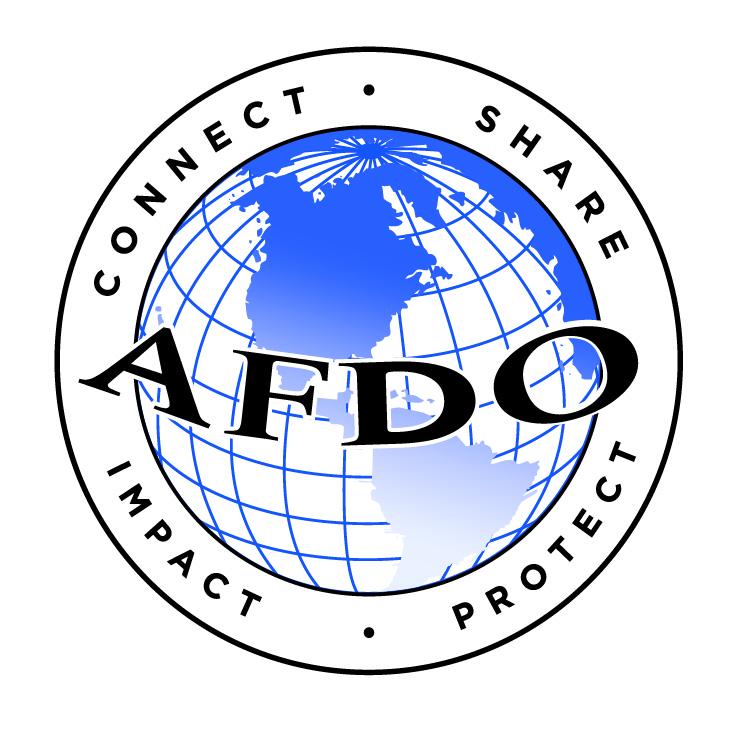
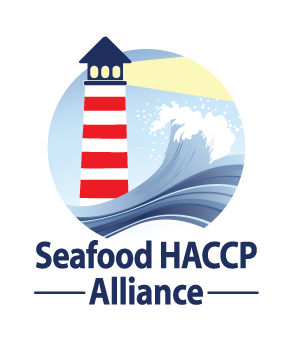
Option Two:
One Day Onsite Class with
Alex after Finishing the Self-Paced Part By Cornell University.
Please Contact Alex to arrange an Onsite Class
Link to Self-Paced Part by Cornell University
Chapter 1. Introduction to the Alliance Course and HACCP
Chapter 2. Prerequisite Programs and Sanitation Control Procedures
Chapter 3. Seafood Safety Hazards
Chapter 4. Preliminary Steps in Developing a HACCP Plan
Chapter 5. Principle 1. Hazard Analysis
Chapter 6. Principle 2. Determine Critical Control Points
Chapter 7. Principle 3. Establish Critical Limits
Chapter 8. Principle 4. Critical Control Point Monitoring
Chapter 9. Principle 5. Corrective Actions
Chapter 10 Principle 6. Establish Verification Procedures
Chapter 11. Principle 7. Record-Keeping Procedures
Chapter 12. Principle 8. The Seafood HACCP Regulation
Chapter 13. Resources for Preparing HACCP Plans
Appendix 1. FDA’s Seafood HACCP Regulation
Appendix 2. HACCP Worksheets
Appendix 3. Current Good Manufacturing Practices
Appendix 4. Glossary
Seafood HACCP Models, Books, and Sanitation Rules
Link to How to Use Seafood Models
Shrimp (farm-raised), Raw Frozen
Hot Smoked Salmon Fillets (farm-raised), Reduced Oxygen Packed, Refrigerated
FDA Current Good Manufacturing Practices (CGMP)
21 CFR Part 117, Subpart B Checklist
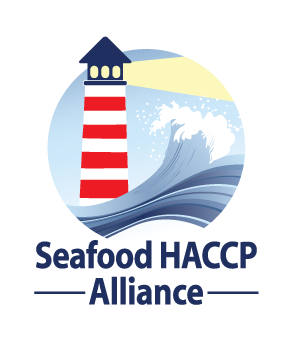
Seafood HACCP Alliance
The “Alliance” is a collaborative training program involving representation from three federal agencies (the Food and Drug Administration, U.S. Department of Agriculture-CSREES, and U.S. Department of Commerce-Seafood Inspection Program), all respective state agencies through the AFDO regional affiliates, the Interstate Shellfish Sanitation Conference, and the seafood industry trade associations, National Fisheries Institute and Seafood Products Association.
These programs are linked in a cooperative partnership with expertise and instructors from numerous academic, Extension Service and Sea Grant College programs across the nation. The collaborative working structure is known as the SHA Steering Committee by which any commercial, regulatory or food safety expertise can communicate interest and support.
NATIONAL FISHERIES INSTITUE

SEAFOOD PRODUCTS ASSOCIATION

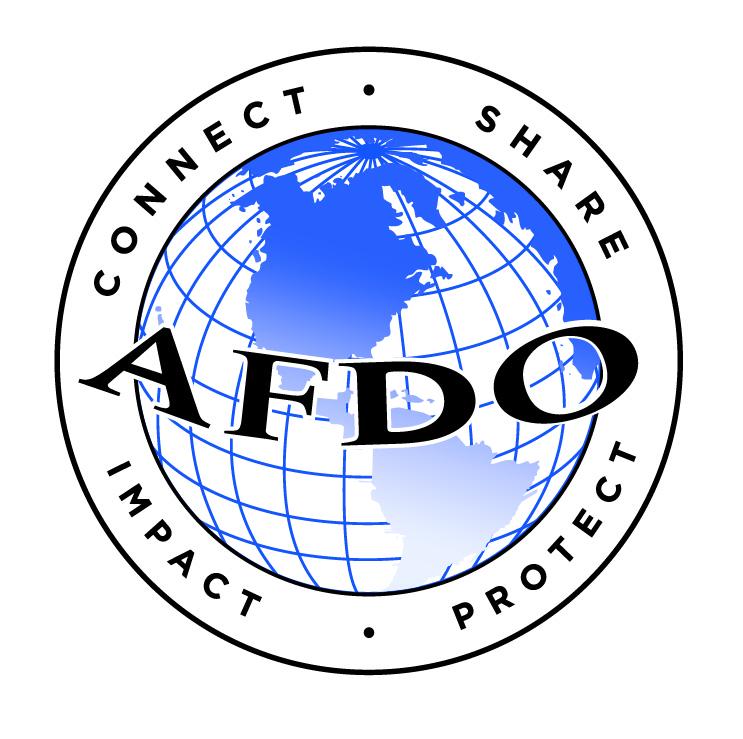
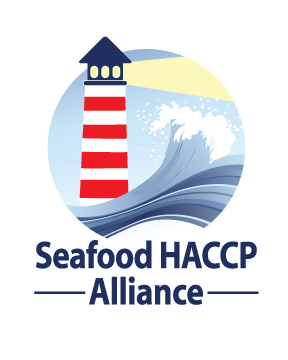
Sanitation Control Procedures Course
(AFDO/SHA)
Coming Soon
On Zoom
Instructor-Led
This course was developed through a National Sea Grant College Program project contained the core training manual and Curriculum developed by the Seafood HACCP Alliance (SHA) to teach Sanitation Control Procedures (SCP) for food safety. This curriculum referenced and incorporated recommendations from the National Advisory Committee on Microbiological Criteria for Foods (NACMCF), the U.S. Food and Drug Administration (FDA) Fish and Fishery Products Hazards and Control Guide, the U.S. Food and Drug Administration mandatory HACCP (21 CFR Part 123), and FDA Current Good Manufacturing Practices, and various sanitation standards operation procedures (SSOP’s) prepared by the government agencies, trade associations, academia, and individuals having expert knowledge of the concept and application of sanitation in food processing.
Among topics covered are:
– FDA CGMP 21 CFR Part 1 Subpart B,
– FDA Listeria Control guidance and
– various sanitation standards operation
procedures (SSOP’s) prepared by the
government agencies such as
– USDA FSIS Sanitation (9 CFR part 416),
– USDA FSIS Listeria Rule (9 CFR Part 430),
– trade associations,
– academia such as Cornell University and 3M
collaboration Environment
Monitoring Handbook for the Food and Beverage
Industries,
– and individuals having expert knowledge of the
concept and application of sanitation in food
processing .
This course also explains the responsibilites of Qualified Individual (QI) under the FDA Human Food Rule (21 CFR Part 117).
Method of Validation of Sanitation Preventive Control Programs using Cornell University and 3M methods will also will be taught.
INTRODUCTION
CHAPTER 1 SAFETY OF WATER
CHAPTER 2 CONDITION AND CLEANLINESS OF
FOOD CONTACT SURFACES
CHAPTER 3 PREVENTION OF CROSS CONTAMINATION
CHAPTER 4 MAINTENANCE OF HAND WASHING,
HAND SANITIZING, AND TOILET FACILITIES
CHAPTER 5 PROTECTION OF FOOD FROM ADULTERANTS
CHAPTER 6 PROPER LABELING, STORAGE, AND
USE OF TOXIC COMPOUNDS
CHAPTER 7 CONTROL OF EMPLOYEE HEALTH CONDITIONS
CHAPTER 8 EXCLUSION OF PESTS
EXAMPLE SSOP PLAN AND SANITATION CONTROL RECORDS
Seafood HACCP Regulation (21 CFR, Part 123)
Current Good Manufacturing Practices (CGMP) Regulation (21 CFR, Part 117, Subpart B)
USDA FSIS Sanitation (9 CFR Part 416)
Environmental Monitoring Handbook for the Food and Beverage Industries – by Cornell University and 3 M
1st Edition
Link to the Book and Videos By FDA
Wholesale/Distribution/Warehouse
INTERSTATE SHELLFISH SANITATION CONFERENCE


This course meets the HACCP training requirements of the Title 21 CFR Part 123.10 of the U.S. Food and Drug Administration (FDA). The course is taught by Seafood HACCP Alliance certified lead instructor(s). The hazard analysis and critical control training (HACCP) program for fish and fishery products has been developed by the Association of Food and Drug Officials (AFDO) and the Seafood HACCP Alliance (SHA). The purpose of the program is to assist development, implementation and maintenance of a HACCP program in commercial and regulatory settings. Upon successful completion of the course, participants receive a Certificate of Course Completion from the Association of Food and Drug Officials (AFDO) to demonstrate that they meet the training requirements of the FDA Seafood HACCP Regulation.
